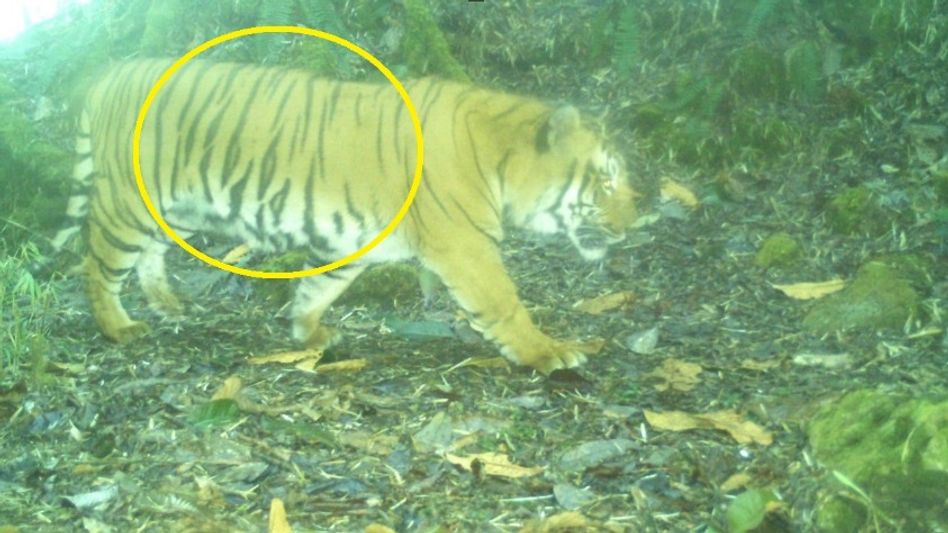
Tigers move from Sikkim's Pangolakha Wildlife Sanctuary to Bhutan, camera trap snap them
The Forest and Environment Department of Sikkim has facilitated tiger movement between Sikkim and Bhutan, highlighting sustainable ecosystem management.

The Forest and Environment Department of Sikkim has reached a significant milestone in wildlife conservation by facilitating the movement of tigers between Sikkim (India) and Bhutan. This achievement underscores the importance of sustainable ecosystem management and transboundary conservation initiatives in Sikkim.
The Pangolakha Wildlife Sanctuary, established in 2002 and located in the Pakyong district of Sikkim, spans 128 sq km. It serves as a crucial corridor for wildlife, particularly tigers, between India and Bhutan. In collaboration with the Wildlife Institute of India, camera traps installed across Sikkim's high-altitude regions documented three tigers in the sanctuary between 2018 and 2024.

In 2024, camera trap images confirmed tiger movement from Pangolakha Wildlife Sanctuary to Samtse district, Bhutan, validating the existence of essential wildlife corridors between the two countries.
ALSO READ | Assam: Orang National Park closes for tourists due to monsoon
This discovery was presented during an international workshop on “Countering Wildlife Trafficking,” held from June 11-13, 2024, under the South Asia Wildlife Enforcement Network (SAWEN) and hosted by Bhutan, with participation from officials of various South Asian countries.

During the workshop, Sikkim's Divisional Forest Officer, East Wildlife Division, Sonam Norden Bhutia, and Bhutanese forest officials agreed to share camera trap images for a comparative analysis.
This collaboration yielded a remarkable outcome: the distinctive stripe patterns of one tiger matched those from Sikkim and Bhutan, as confirmed by the Wildlife Institute of India.
Looking forward, the Sikkim Forest and Environment Department aims to enhance its conservation efforts. These include scaling up monitoring, strengthening law enforcement, and involving local communities.
Copyright©2025 Living Media India Limited. For reprint rights: Syndications Today









